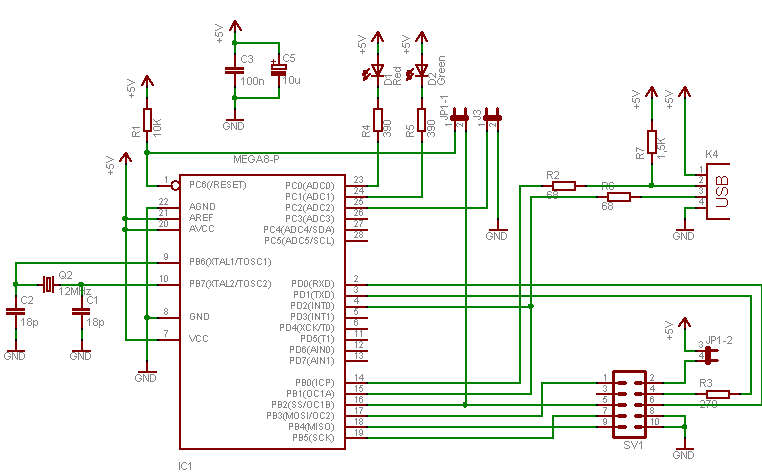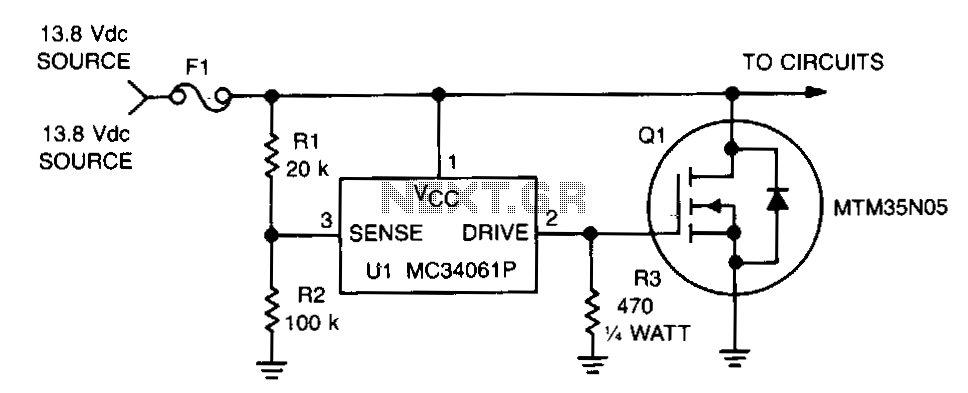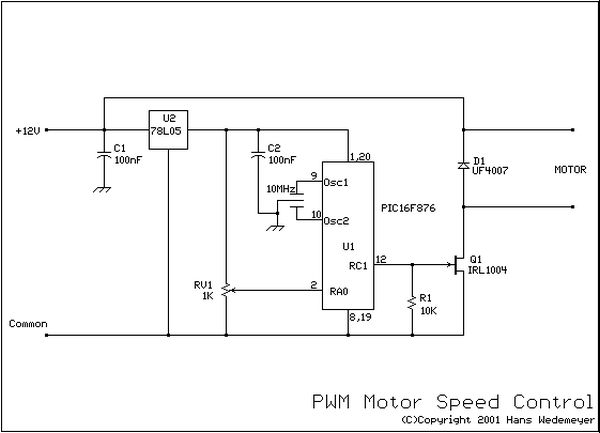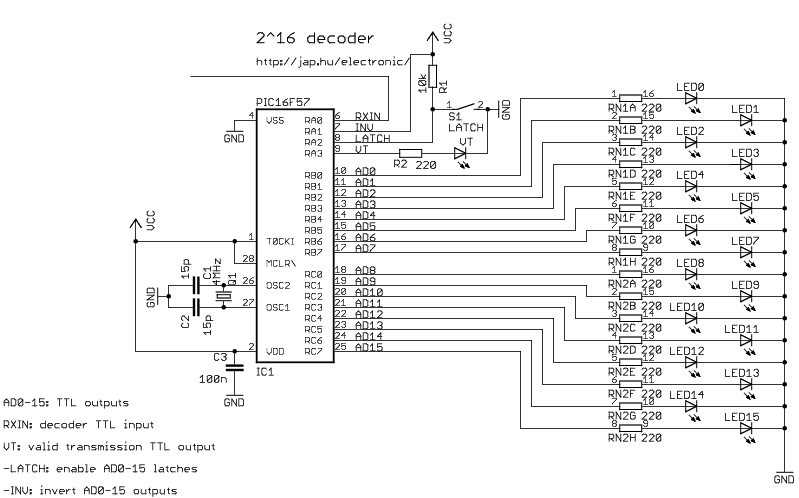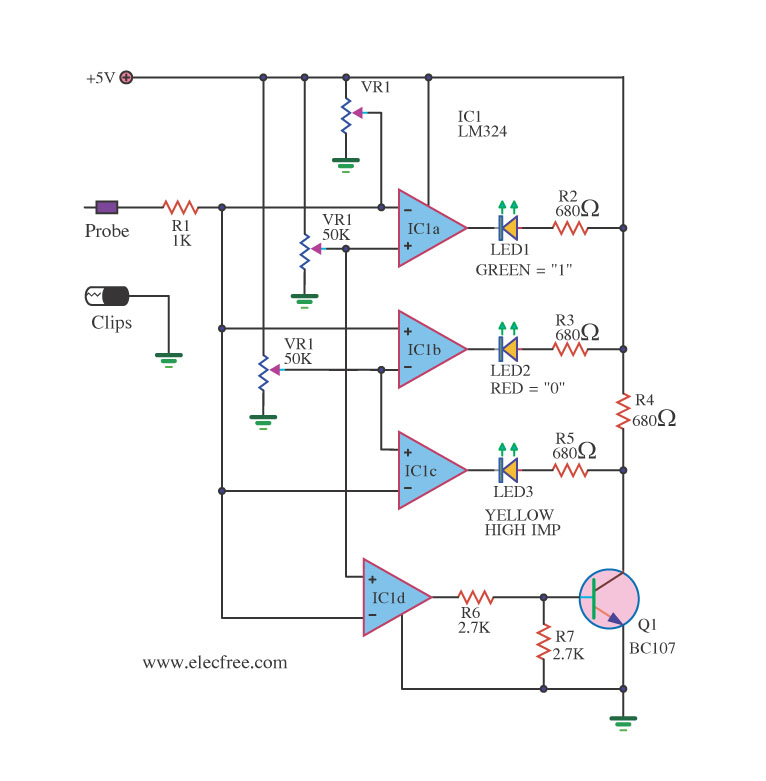
MikroC Pro for PIC driver routine for 74HC595 based serial LCD interface
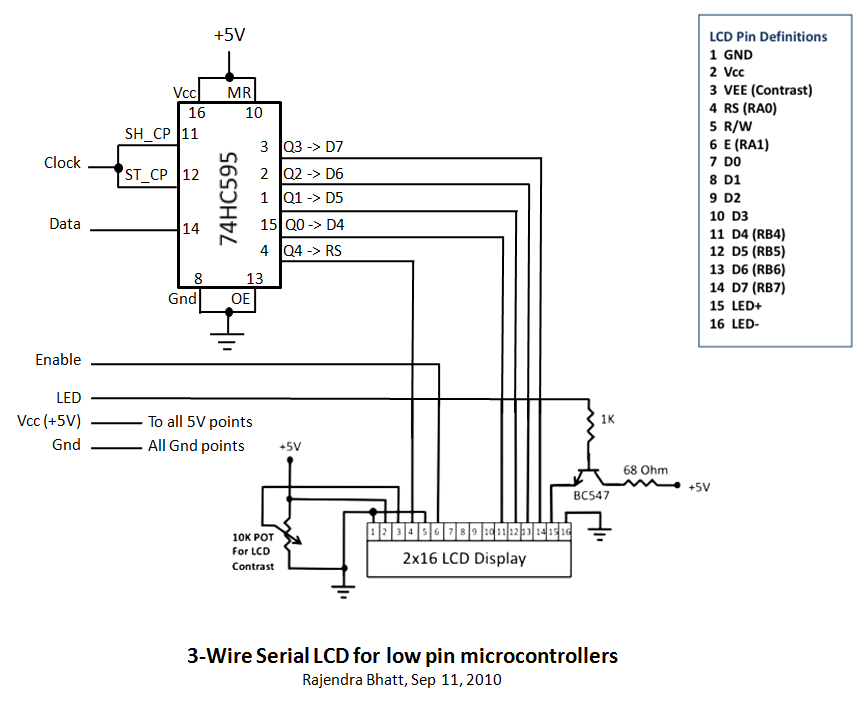
Library routines for a 3-wire LCD interface utilizing the 74HC595 shift register. Additional details can be found in the attached ReadMe document or on the associated webpage.
The library routines for the 3-wire LCD interface are designed to facilitate communication between a microcontroller and an LCD module using the 74HC595 shift register. The 74HC595 is an 8-bit serial-in, parallel-out shift register, which allows for the reduction of the number of pins required for interfacing with the LCD. In this configuration, only three pins from the microcontroller are needed: data, clock, and latch.
The data pin is used to send serial data to the 74HC595, which will then convert this serial data into parallel output to drive the LCD. The clock pin controls the timing of the data transfer, allowing the microcontroller to synchronize the data being sent. The latch pin is used to transfer the data from the shift register to the output pins, effectively updating the display.
To implement this library, the user must initialize the 74HC595 and configure the LCD according to its specifications. The library routines typically include functions for initializing the LCD, sending commands, and writing data to the display. These functions abstract the complexities of direct communication with the shift register, providing a simpler interface for the user.
The use of a shift register in this application not only conserves GPIO pins but also enhances the scalability of the system. Multiple LCDs can be connected in a daisy-chain configuration, allowing for the expansion of the display without additional microcontroller pins. The library routines are optimized for performance, ensuring that the data is transmitted quickly and efficiently to maintain a responsive user interface.
Overall, this 3-wire LCD interface library based on the 74HC595 shift register is a valuable tool for developers looking to integrate LCD displays into their projects with minimal pin usage and enhanced flexibility.Library routines for 3-wire LCD interface based on 74HC595 shift register. More details are provided in the attached ReadMe document or posted at Do you want to unsubscribe in order to stop receiving notifications regarding "MikroC Pro for PIC driver routine for 74HC595 based serial LCD interface " changes. 🔗 External reference
The library routines for the 3-wire LCD interface are designed to facilitate communication between a microcontroller and an LCD module using the 74HC595 shift register. The 74HC595 is an 8-bit serial-in, parallel-out shift register, which allows for the reduction of the number of pins required for interfacing with the LCD. In this configuration, only three pins from the microcontroller are needed: data, clock, and latch.
The data pin is used to send serial data to the 74HC595, which will then convert this serial data into parallel output to drive the LCD. The clock pin controls the timing of the data transfer, allowing the microcontroller to synchronize the data being sent. The latch pin is used to transfer the data from the shift register to the output pins, effectively updating the display.
To implement this library, the user must initialize the 74HC595 and configure the LCD according to its specifications. The library routines typically include functions for initializing the LCD, sending commands, and writing data to the display. These functions abstract the complexities of direct communication with the shift register, providing a simpler interface for the user.
The use of a shift register in this application not only conserves GPIO pins but also enhances the scalability of the system. Multiple LCDs can be connected in a daisy-chain configuration, allowing for the expansion of the display without additional microcontroller pins. The library routines are optimized for performance, ensuring that the data is transmitted quickly and efficiently to maintain a responsive user interface.
Overall, this 3-wire LCD interface library based on the 74HC595 shift register is a valuable tool for developers looking to integrate LCD displays into their projects with minimal pin usage and enhanced flexibility.Library routines for 3-wire LCD interface based on 74HC595 shift register. More details are provided in the attached ReadMe document or posted at Do you want to unsubscribe in order to stop receiving notifications regarding "MikroC Pro for PIC driver routine for 74HC595 based serial LCD interface " changes. 🔗 External reference

